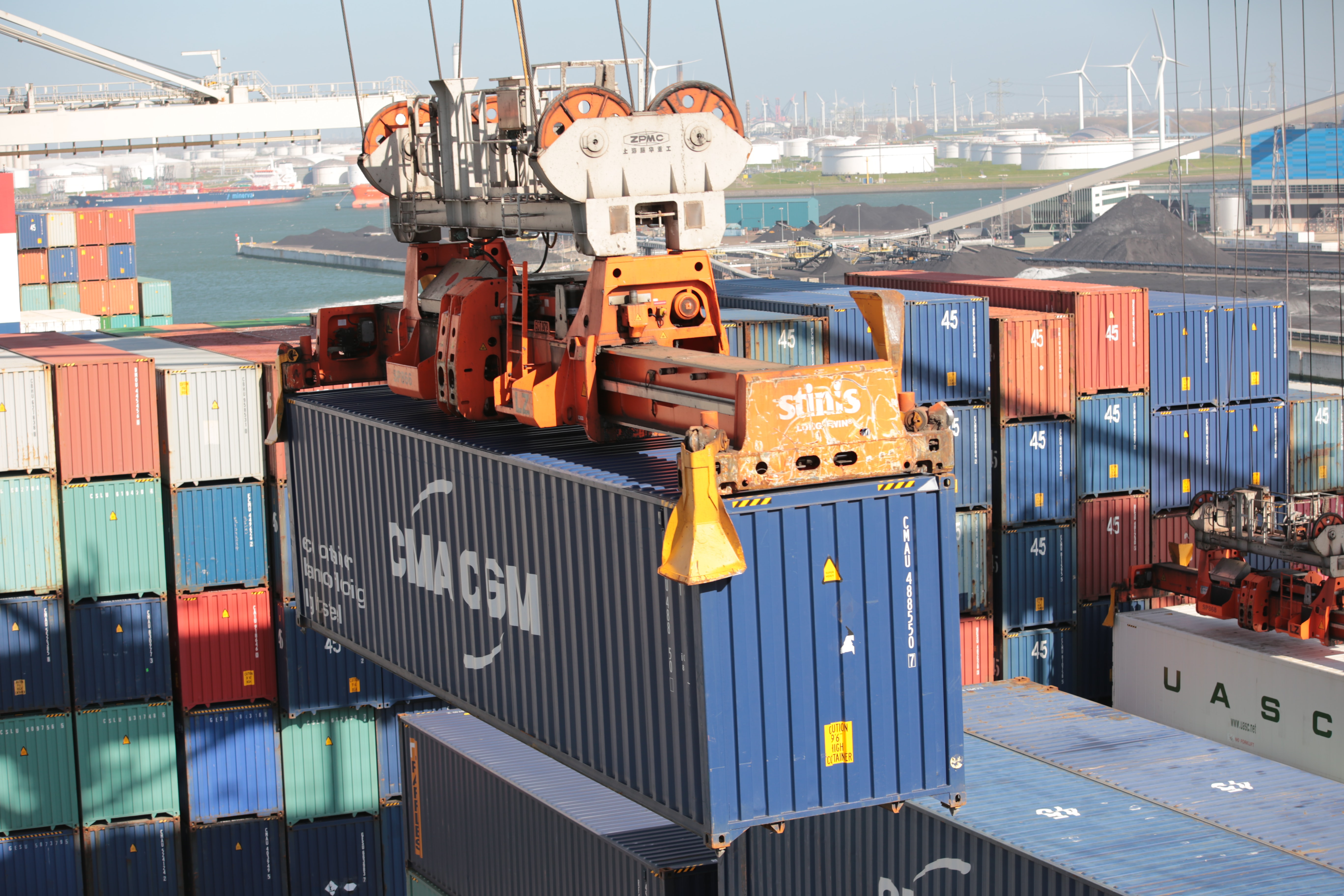Times are tough, which means that it may be time to start looking at how you can cut costs. Here's one you may not have considered: container density. If your logistics personnel aren't packing shipping and air freight containers effectively, then you're going to pay high shipping rates for nothing more than air. Here a few tips to help you out.
Consolidate Your Packaging
Maybe the problem isn't with your personnel—maybe it's your packaging instead. If your packaging isn't designed for shipment, you'll be able to fit less of it into a single container, and therefore you'll have to pay more in shipping costs.
You can help alleviate these concerns by ensuring that the primary packaging closely fits the product inside. You can also make sure that there's less empty space between your product container and the outer cardboard shipment box. Lastly, to the extent that's possible, you may be able to decrease the amount of void fill—aka, Styrofoam, packing peanuts, or bubble wrap.
Lastly, you might consider flat packing your products, if at all possible. If you think your customers are up to doing some light assembly work once they receive your package, you'll potentially be able to get all your product components into a much smaller box. This, in turn, leads to much denser containers and lower aggregate shipping costs.
Collect Quantitative Data
Supervisors at cross docks and loading docks often don't keep consistent data about container loading, which makes it impossible to understand the extent of your problem—or even whether you have one in the first place.
You should ensure that your supervisors are on the lookout for package walls that don't reach all the way to the ceiling of a container. You should have them measure and record the gap between the ceiling and the package walls. You should make sure that walls fill the entire volume of a container when possible, and you should understand the average unfilled volume of your containers, leaving the loading dock.
By keeping track of these metrics, you'll be able to understand whether there's a systemic issue and how to address it. Is this something that happens at just a single facility, or does it take place across your logistics network? Can it be solved by hiring extra supervisors, or do you need organization-wide training?
Here at AFFLINK, we help our customers save money wherever we can. Contact AFFLINK today and learn how you can get the best rates on packing materials and other essentials for your business.

About Michael Wilson
Michael Wilson is AFFLINK'S Vice President of Marketing and Communications. He has been with the organization since 2005 and provides strategic leadership for the entire supply chain team. In his free time, Michael enjoys working with the Wounded Warrior Project, fishing, and improving his cooking skills.





